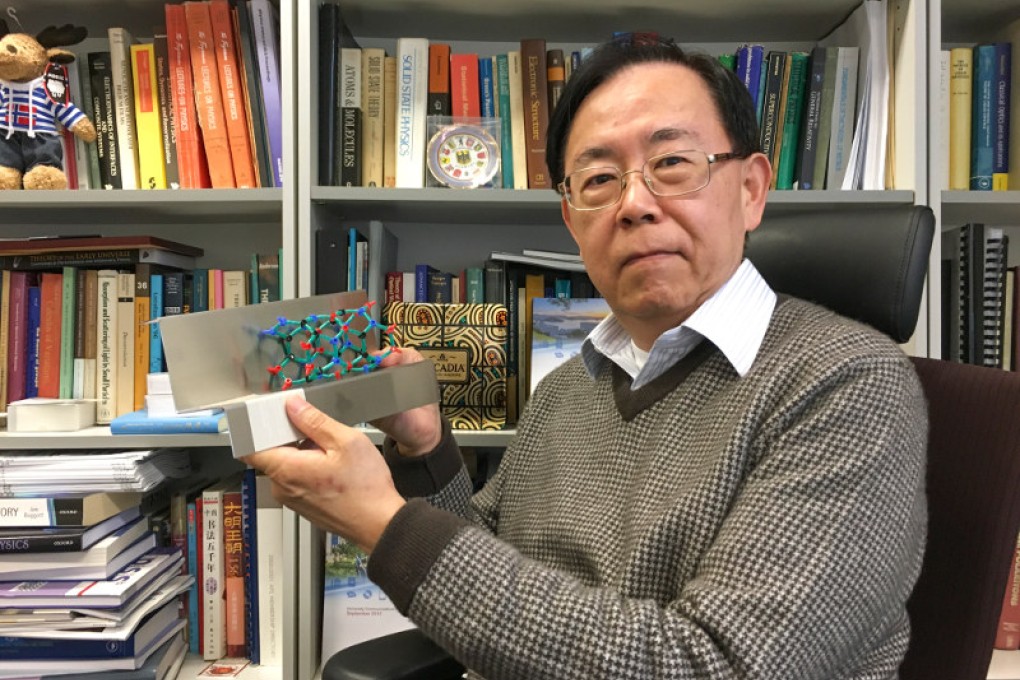HKUST nanotechnology research reduces low-frequency noise irritations

In Professor Ping Sheng’s world of nanoscience research, the relationship between a nanometre and a single human blood cell is similar to the relationship between a kilometre and a millimetre. The research work is never predictable, and is frustrating at times. But it’s always exhilarating, says Sheng, who is the Dr William M.W. Mong chair professor of nanoscience at the Hong Kong University of Science and Technology (HKUST).
Nanotechnology, which is the science of extremely small things, was first discussed in the late 1950s. Sheng says the discipline has now evolved to the stage where many objects in daily use, such as microchips, have been miniaturised to the sub-100 nanometre scale. “From scientific wishful thinking, we have moved to commercialisation, and the discovery of new nano materials that provide a vast range of applications,” says Sheng, who joined the HKUST in1994.
Studying the behaviour and application of extremely small things has become much broader now that nano elements that consumers don’t notice are embedded in commonplace products, he adds. “These days, if you say you work in nano research, people just say, ‘Oh, that’s interesting’. So you have to be more specific. That’s a good thing, because it shows nanotechnology has become part of the mainstream.”
Sheng’s nanophysics research, which involves the study of the control of matter on an atomic and molecular scale, led to the discovery of resonant sonic materials that break the mass density law in shielding low frequency sound. Put simply, the professor’s discovery can be used to produce materials to absorb or block low-frequency sounds produced by construction sites, railroads, airports, diesel turbines, electric transformers, and even the low-frequency hum produced by green energy producing windmills.
“The material is almost one 100 per cent efficient ageist protection against even the most pernicious low-frequency sounds,” explains the professor. The World Health Organisation recognises the special position of low-frequency noise as an environmental problem, particularly to sensitive people in their homes. Materials made from the professor’s research discovery can also be used to improve indoor acoustic quality, provide sound proofing, and absorb the low frequency noise made by fans.
Regulators around the world are becoming less tolerant of industries and products that produce low frequency noise, Sheng says, so the demand for low-frequency sound absorbing materials is expected to grow. Discussions are currently taking place between the HKUST and a private company with a view to commercialising the professor’s discovery.